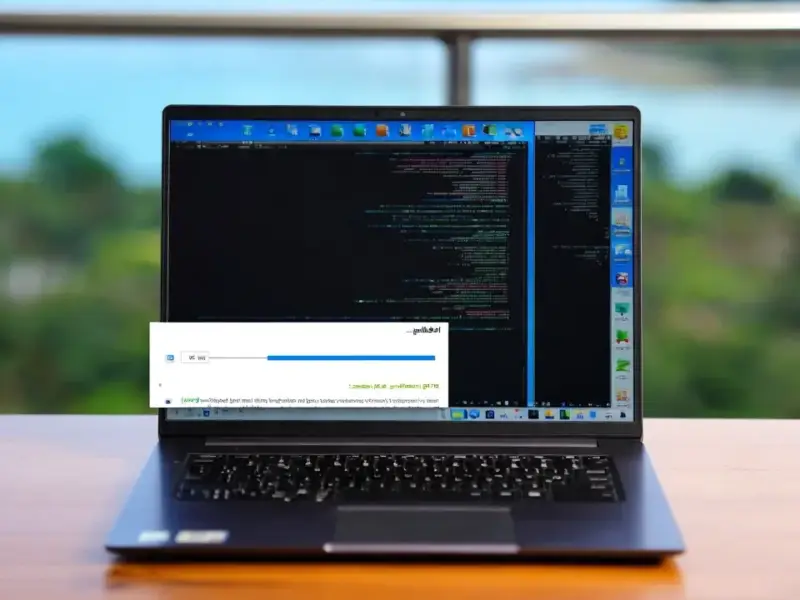According to New Scientist, researchers at Shanghai Jiao Tong University led by Xianfeng Chen have built one of the most complex quantum networks to date, connecting 18 users through quantum entanglement. The team created two separate 10-node networks and then sacrificed one node from each to fuse them into a single 18-node system where any pair can communicate securely. This breakthrough uses a process called entanglement swapping that links photons between networks through precise Bell measurements. The researchers claim this approach offers a “crucial capability” for building large-scale quantum internet infrastructure. However, other quantum experts remain skeptical about whether this method can realistically scale to create a global quantum network.
<h2 id="quantum-networking-reality”>The quantum networking reality check
Here’s the thing about quantum networking: it’s ridiculously hard compared to classical networking. While connecting 18 regular computers would be trivial with cheap routers and cables, quantum networks require sharing individual photons with timing so precise it demands cutting-edge technology. And the fragile nature of quantum states means you can’t just measure and retransmit signals like we do with classical data.
Siddarth Joshi at University of Bristol gives the team credit for creating a “more convenient” entanglement swapping scheme. He notes that quantum communications research has basically split into two camps: long-distance point-to-point connections (think satellite links) and short-distance networking protocols. This work falls into the latter category, and both approaches are important for building toward a quantum internet.
The practicality problem
But then there’s the skepticism. Robert Young at Lancaster University calls the achievement “phenomenal” technically but questions whether it’s actually practical. “It’s just so far from practical, and it’s so far from anything that could be implemented in the real world,” he told New Scientist. The cost and complexity make him doubt this could serve as a prototype for wide-scale quantum networks.
The real elephant in the room? Quantum repeaters. Basically, photons get lost over long distances in fiber optic cables, and you can’t use traditional signal boosters because measuring quantum states destroys them. We desperately need quantum repeaters to make long-distance quantum communication work, and this network demonstration doesn’t address that fundamental challenge at all.
Where does this leave the quantum internet?
So where does this leave us? The research, detailed in Nature Photonics, represents genuine progress in quantum networking protocols. Being able to reliably connect multiple devices at short distances is absolutely necessary groundwork. But we’re still talking about laboratory conditions with massive resources.
The quantum internet dream promises unhackable communications and linking quantum computers together, but we’re clearly in the early experimental phase. This work pushes the boundary of what’s possible in controlled environments, but scaling to global networks? That’s going to require solving some fundamental physics and engineering challenges that we haven’t cracked yet. The race continues, but don’t expect quantum internet in your home anytime soon.




